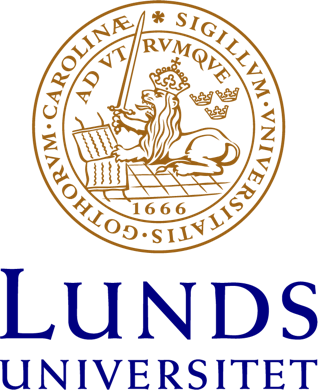Dynamic controllers for column synchronization of rotation matrices : A QR-factorization approach
In the multi-agent systems setting, this paper addresses continuous-time distributed synchronization of columns of rotation matrices. More precisely, k specific columns shall be synchronized and only the corresponding k columns of the relative rotations between the agents are assumed to be available for the control design. When one specific column is considered, the problem is equivalent to synchr
